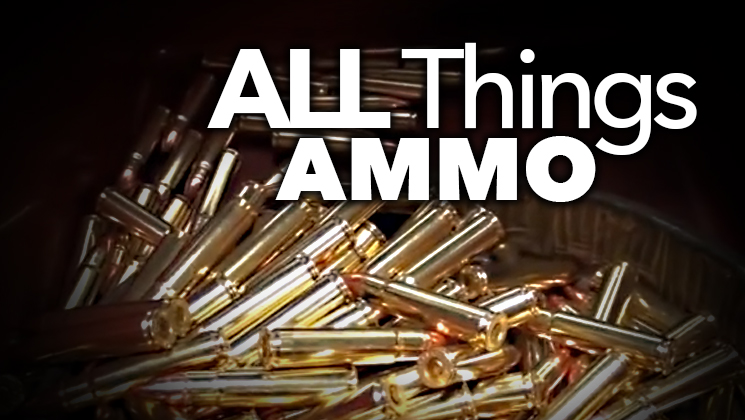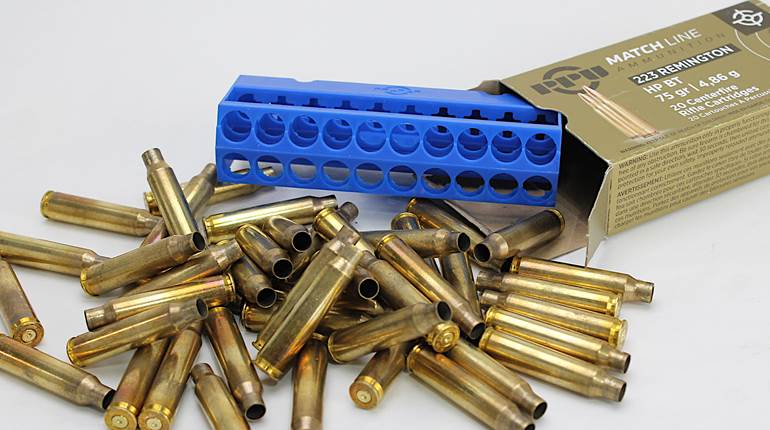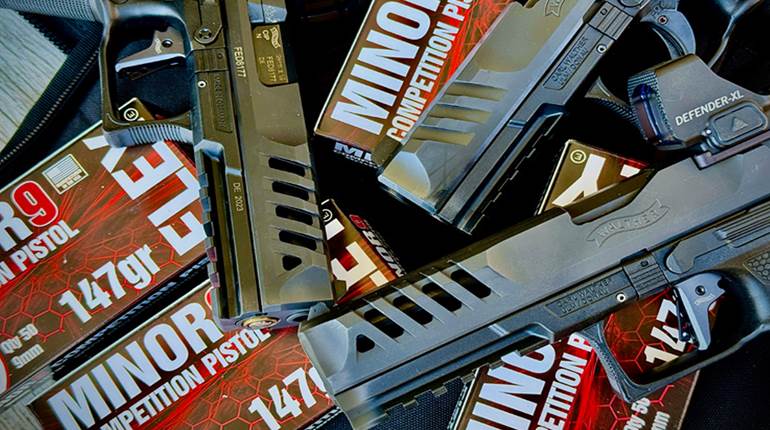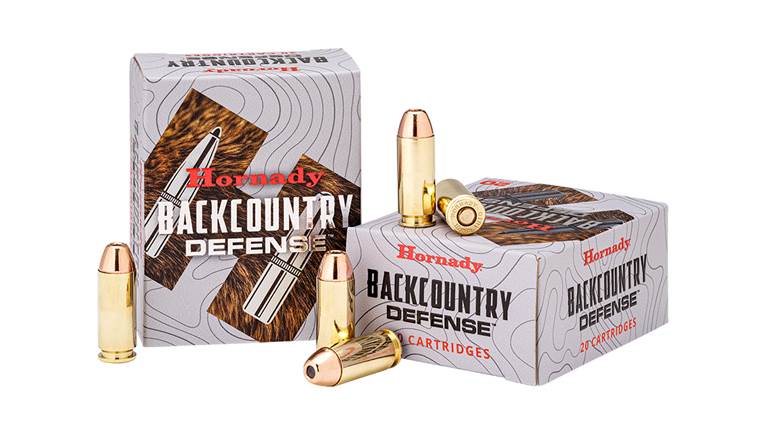
For many hunters, the .375 H&H Mag. cartridge (and associated rifles) conjures images of African safaris and Alaskan brown bears; however, its virtues extend beyond stopping dangerous-game species. How so? Consider what characteristics define an “ideal” elk chambering: those experienced at pursuing the wapiti would surely promote “flat-shooting” and “hard-hitting.” You’ve effectively described the .375 H&H Mag. and, more specifically, Hornady’s Superformance 250-gr. Gilding Metal eXpanding (GMX) load. Given its 0.375” diameter, the homogenous, boattail projectile has a respectable .430 ballistic coefficient, which, when combined with a 2890-f.p.s. muzzle velocity, provides a relatively flat trajectory. For example, Hornady notes that, with a 200-yd. zero, the GMX impacts 7.6”, 22.4” and 45.7” low at 300, 400 and 500 yds., respectively. This nearly duplicates the trajectory of the Hornady Custom (non-Superformance) 180-gr. InterLock .300 Win. Mag. load.
Just as impressive, the bullet still delivers 2,421 ft.-lbs. of energy at 400 yds., and it retains 2,027 ft-lbs. at 500 yds. And because of its near 100-percent weight retention (typically only the polymer tip will be shed), the large-diameter GMX will penetrate deep to disrupt organs and anchor the animal. But this performance comes at a price; recoil will be more noticeable than that produced by many .30- and .33-cal. magnum cartridges from a similar rifle platform, and the ammunition is costly-on MidwayUSA 20 rounds is priced at $68. Conversely, do you “feel” recoil in the field, and what’s the ammunition’s price in relation to that of the cost of the hunt? Indeed, the .375 H&H Mag. has much offer in the game fields beyond “brush” distances; however, it’s ultimately your decision as to its real value. What’s your favorite elk round?






































